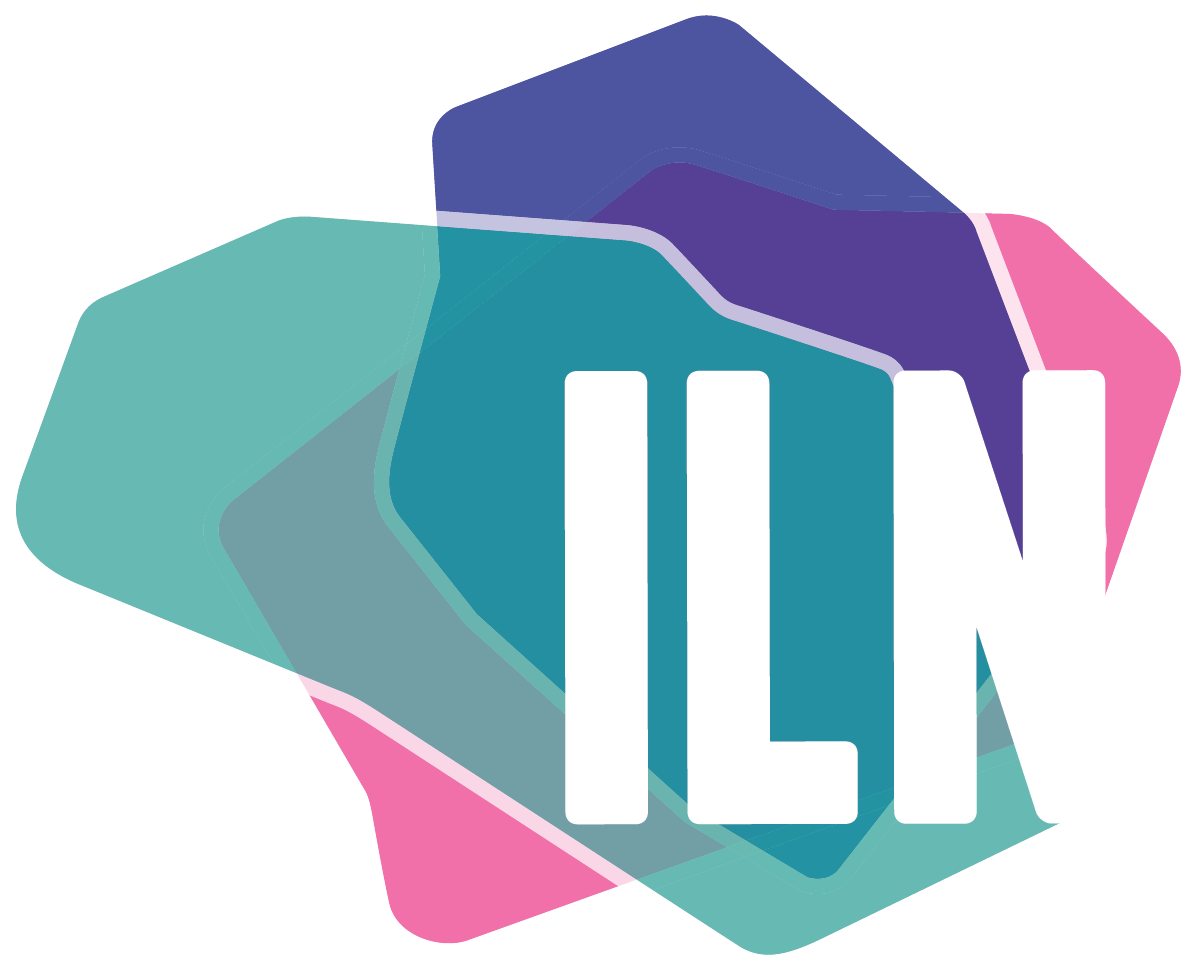Post-Raspberry
I have nothing against raspberries. Though in an HBR article from exactly a decade ago, my life temporarily was all about that color. It explored the democratization of innovation in healthcare and on innovative approaches that drove breakthroughs in thinking and value. Back then, I would jump into my raspberry-colored scrubs to explore hospital environments with nurses, doctors, patients, and other scrubbed-up innovators. Ten years later, those HBR insights from 2010 are still relevant.
Takeaway 1: It’s about humans.
As in 2010, the focal point remains centered on the people who are experiencing the challenge. And this is both the end-user and the other humans involved. There are pain and joy points for both, and focusing on only one type of actor skews the design. One additional group that I now explicitly include is leaders. They play an essential role throughout the innovation lifecycle, but they are not often thoughtful included. Worse, if they are excluded in the innovation journey or are in the wrong mindset to lead innovation, even the best ideas get thwarted.
Hopelab’s partnership with the Nurse-Family Partnership (NFP) is a great example. The solution called Goal Mama is powerful because it solves patient and nurse needs. NFP leaders were part of the innovation journey every step of the way. When the innovation team was divergent, their leaders were exploratory. When the team was preparing for the pilot, their leaders were operational. They matched phase for phase and a great solution came out of that work.
Takeaway 2: It’s about value.
If there is no way for your invention to drive value, it is not an innovation. What was not well understood ten years ago (by many of us) was how the business model is very much part of the design too. In working on Nod with our partner Grit Digital Health, not only did we create a solution that reduced loneliness, we designed it in context to how Grit would get it into its college distribution channel, and thus in the hands of young people.
Takeaway 3: It’s about democratization.
Lew McCreary, the author of that HBR article, made this explicit: “ …by democratizing the methods of innovation, [they] are democratizing health care, giving patients and [caregivers] a louder voice in designing the future.” In 2010, I was on an innovation, diversity, and inclusion panel. I focused on what I believed was the inherent diversity/inclusion of human-centered design and talked about how we ensured there was a diverse group of users who were co-creating with us. Ten years later, I now know that was not enough. Justice and equity must be bedrock design principles for the innovation AND the innovation team - they are inseparable.
In one of my final projects at Kaiser Permanente, our design team focused on improving the transgender-person care experience. While sharing at a conference that we were about to launch this work, a woman approached me and said, “I am a designer. I am a trans-woman, and I am a KP patient. How can I help?” Within weeks she was on our team helping kick off this work, contributing to and reviewing the design research plan, and ensuring we were doing our homework BEFORE entering the field.
And so ten years later, it is still about the humans, about driving real value, and the ideal of innovation democratization. I don’t imagine this will change as I look out to 2030, but I do see a continue deepening and sometimes re-imagining as we solve real problems that real people have and ensure we do so in a just and sustainable way.
